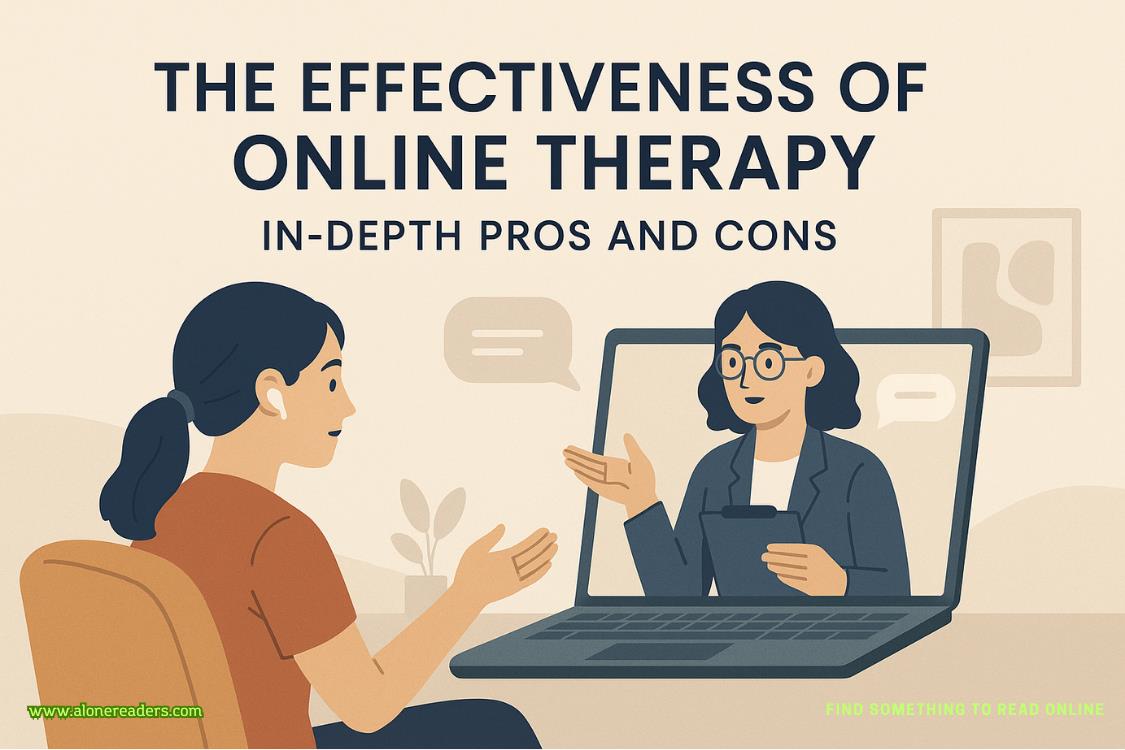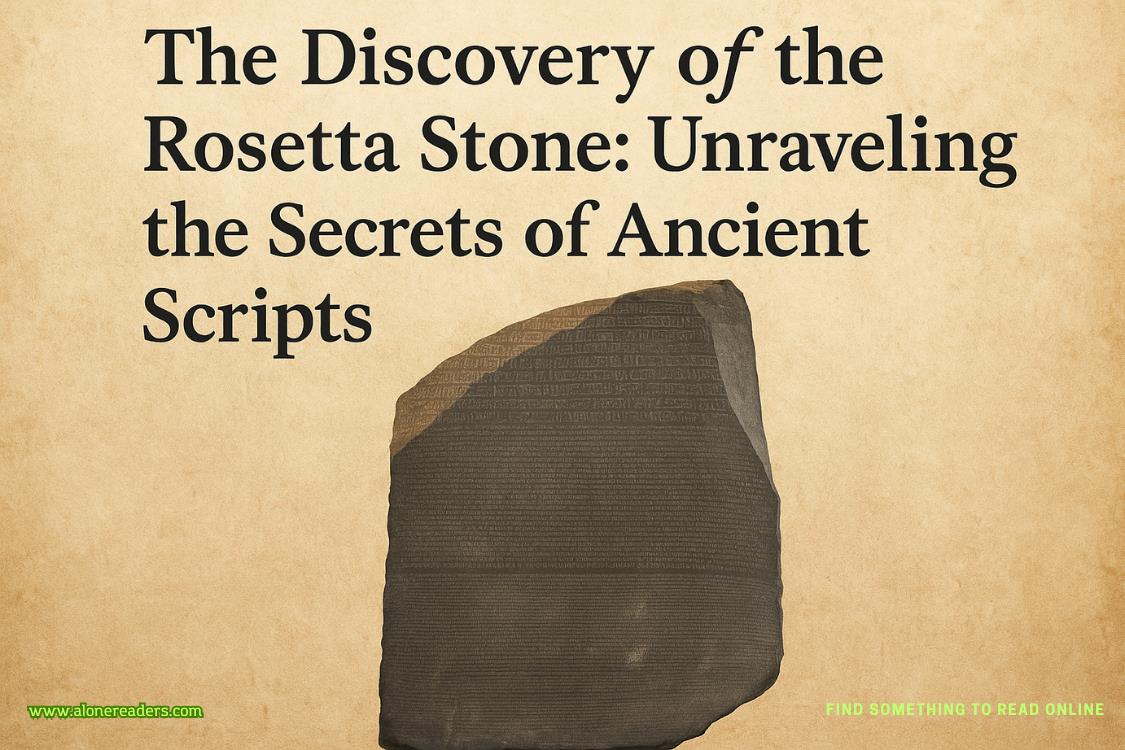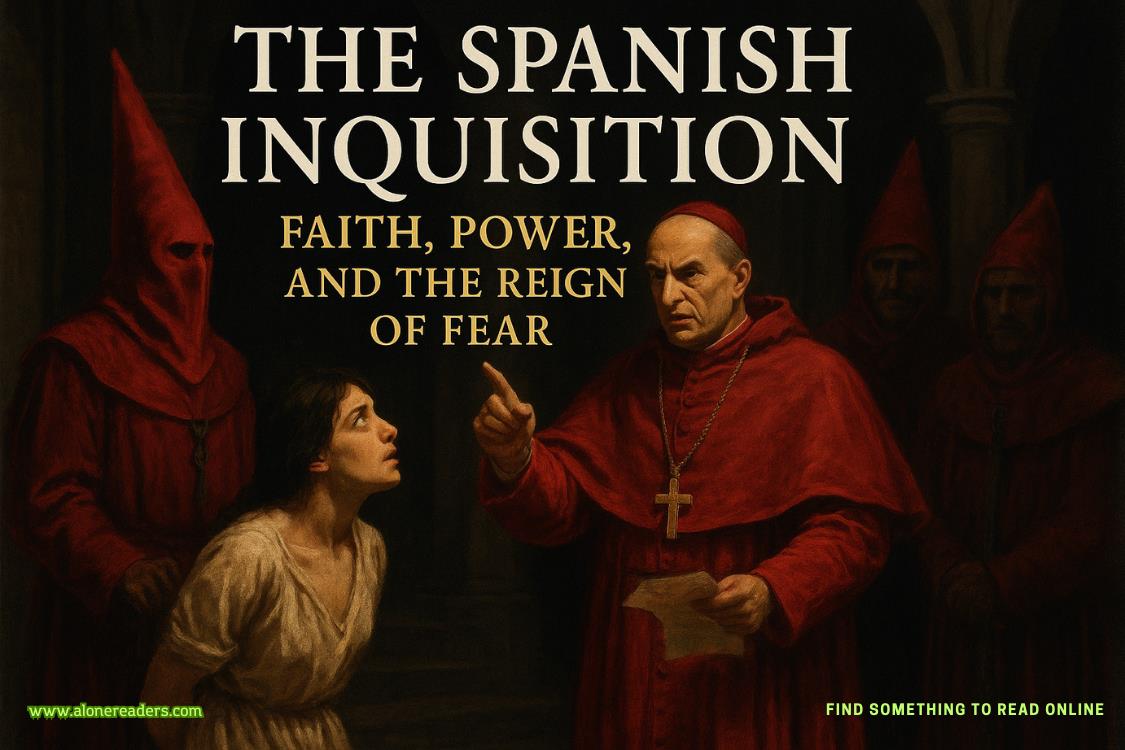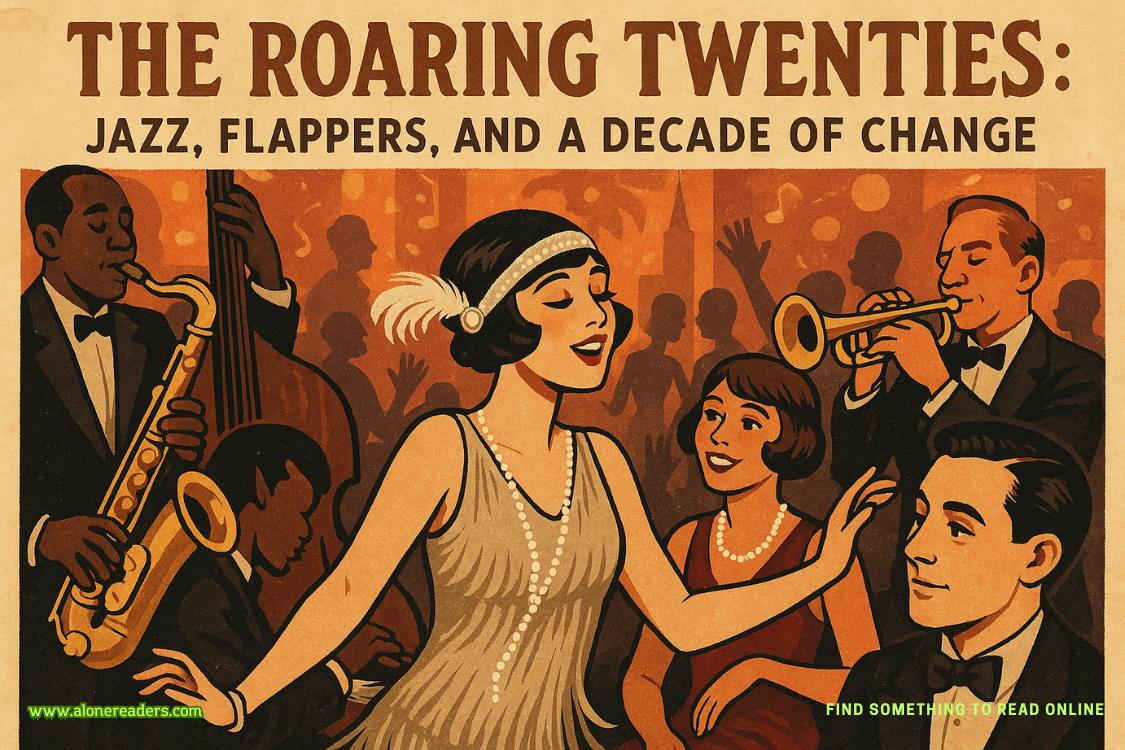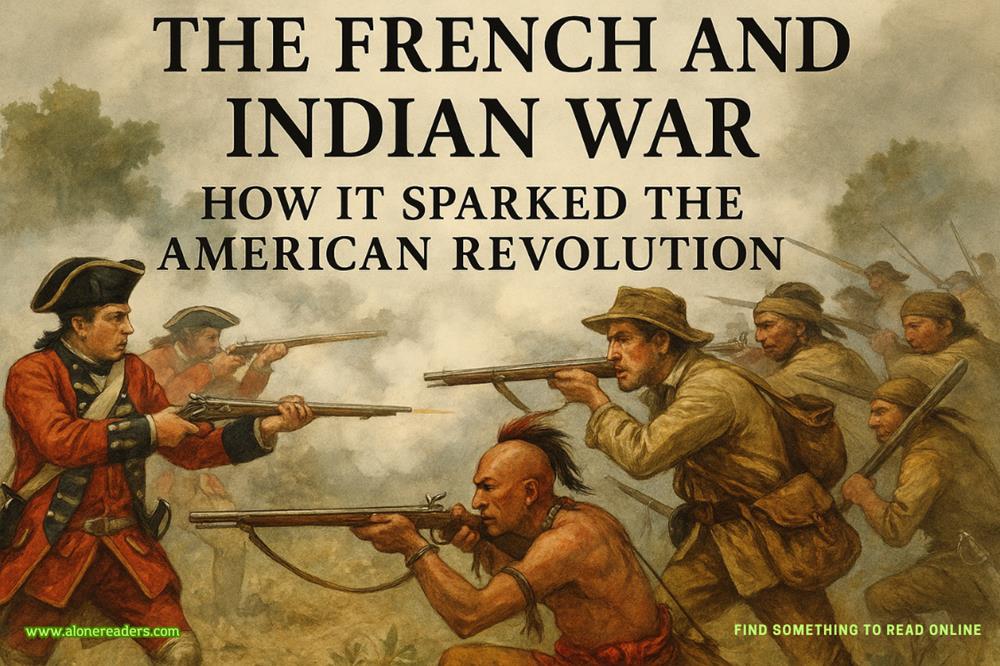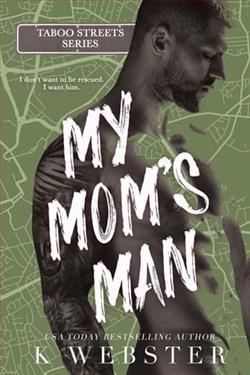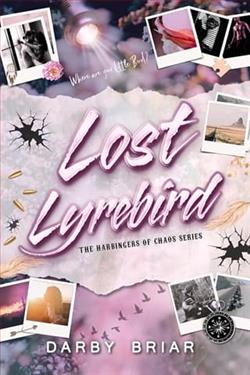Page 50 of The Hundred Loves of Juliet
By the time we hang up, I feel almost stable. Even though I decided not to tell Mom and Katy about Sebastien yet, I feel better just knowing that they’re there.
I do spend a few more hours thinking about the curse, though. It sounds completely absurd. But so does inventing a man in my head and then running into him in a bar. And Sebastien knows my stories. I’ve never shared them with anyone except Mom and Katy. How could Sebastien know what I’d written—and have really old paintings of them—if he wasn’t at least partially telling the truth?
I eat probably half a dozen more Nutella pastries while I’m pondering all this. And then after several hours of going around and around in circles in my head, a possible solution hits me.
What if I don’t have to decide what’s true or not?
I’m on the brink of creating a new life for myself. What if I just look at this bizarre situation as a gift from the universe for my novel, but don’t wade deeper than that into the mystery of my vignettes and Sebastien’s paintings? I can pursue my dream of becoming an author—write this plot into my book—and leave the rest as one of the unexplained secrets of life, like an extreme case of déjà vu. I don’t have to believe Sebastien or even understand him.
I turn the idea over in my head. Basically, I could keep Story Sebastien if I wanted to. I could preserve my perfect imaginary soulmate in a novel, and I myself can stay in the dream. I don’thave to wake up and accept a flawed Real Sebastien with all his baggage. I can leave him behind in Alaska once I’m done drafting my book.
But is it possible? Because the fact is, I fell in love a long time ago with Sebastien, before I even knew he was real. Maybe I can’t turn back.
I need to consider this from another angle, but I also need more brain fuel. I pour myself a bowl of Cinnamon Toast Crunch and jot down a chronological list of all the vignettes I’ve written.
1395: Kingdom of Sicily—Lucciano (cobbler) and Isabella (wealthy patron)
1456: Mainz, Germany—Albrecht (assistant to Johann Gutenberg) and Brigitta (dairymaid)
1498: Lisbon, Portugal—Simão (sailor) and Ines (port-maker’s daughter)
1559: Bern, Switzerland—Felix (clockmaker) and Clara (waitress at inn)
1682: Transylvania—Marius (rumored vampire) and Cosmina (rumored witch)
1711: Sahara Desert—Nolan and Mary Jo (husband and wife explorers searching for the Land of Gold)
1789: Versailles, France—Matteo (Venetian ambassador) and Amélie (minor nobility)
1839: New York, upstate—Charles (British botanist) and Meg (schoolteacher)
1920: Shanghai, China—Reynier (translator) and Kitri (daughter of German exporter)
1941: Pearl Harbor, Hawaii—Jack (soldier) and Rachel (volunteer librarian)
When I finish the list, a lead weight sits heavily in my stomach, and it’s not just the fault of the cornetti and Cinnamon Toast Crunch. I regret running out of the gallery. Sebastien had more paintings in there than I have vignettes, and I should have paid more attention. I wonder if they fill in the longer gaps in my timeline.
Who am I kidding? I can’t just leave the mystery of how we’re connected alone, using it only to construct a novel. My journalism training is too ingrained in me, and the old instincts to dig until I find an answer take over.
I need to understand what’s real and what’s not.
I need to understand the story of us.
I grab my notebook and head back into the rest of Sebastien’s house. There are answers out there, and I’m going to find them.
—
My first stop is themuseum-like space we passed by last night. I suspect this is one of the parts of the house Sebastien didn’t want me wandering through—“There are valuable works of art and other collectibles, and I don’t need you damaging any of them”—but since he already showed me the Gallery of Me, I figure this is less off-limits than it was before. Besides, Sebastien’s nowhere to be seen.
I gasp as I step inside the white room. No, not room. Hall.The ceilings are at least twelve feet high, with attentively placed spotlights overhead, designed to showcase all the statues on pedestals and the displays in glass cases. There’s a marble bust from old Rome, a soldier’s uniform from medieval Russia, a metal goblet, a blue and white porcelain vase, and more. In the corner, there’s a huge wooden sleigh—the kind that horses used to pull through snow—covered in intricate, Scandinavian-looking carvings and faded red and yellow paint.
Never have I known anyone with a private museum of artifacts. Sure, I’ve written fluff pieces about art collections; there are plenty of wealthy philanthropists in L.A. who love throwing charity galas so they have an excuse to invite journalists to photograph their homes. But Sebastien’s Hall of History (my name for it, not his) is different. There are no pretentious, museum-style descriptions mounted next to each piece, and I can’t imagine him inviting a ton of people into his home just to show off what he owns.
No, everything in this room is personal. Has Sebastien collected it all himself, mementos of the different lives he’s lived?
I laugh under my breath, because immortality is such a ludicrous idea. But I quickly remember that it’s because of an impossibility that I’m even here. I wouldn’t have talked to Sebastien in The FrostyOtter if not for those familiar blue eyes, that smile accompanied with a one-shouldered shrug, and the way he spins his cup on the table just like my characters do. And then there was the wisp of sweet wine on my lips, a hint of something I ought to remember, but don’t.
If there’s a correlation with my vignettes and Sebastien’s past, this Hall of History is as good a place to investigate it as the gallery. I flip my notebook open to a fresh page and begin writing down a catalog of what’s here, so I have a record to cross-reference with my stories.
